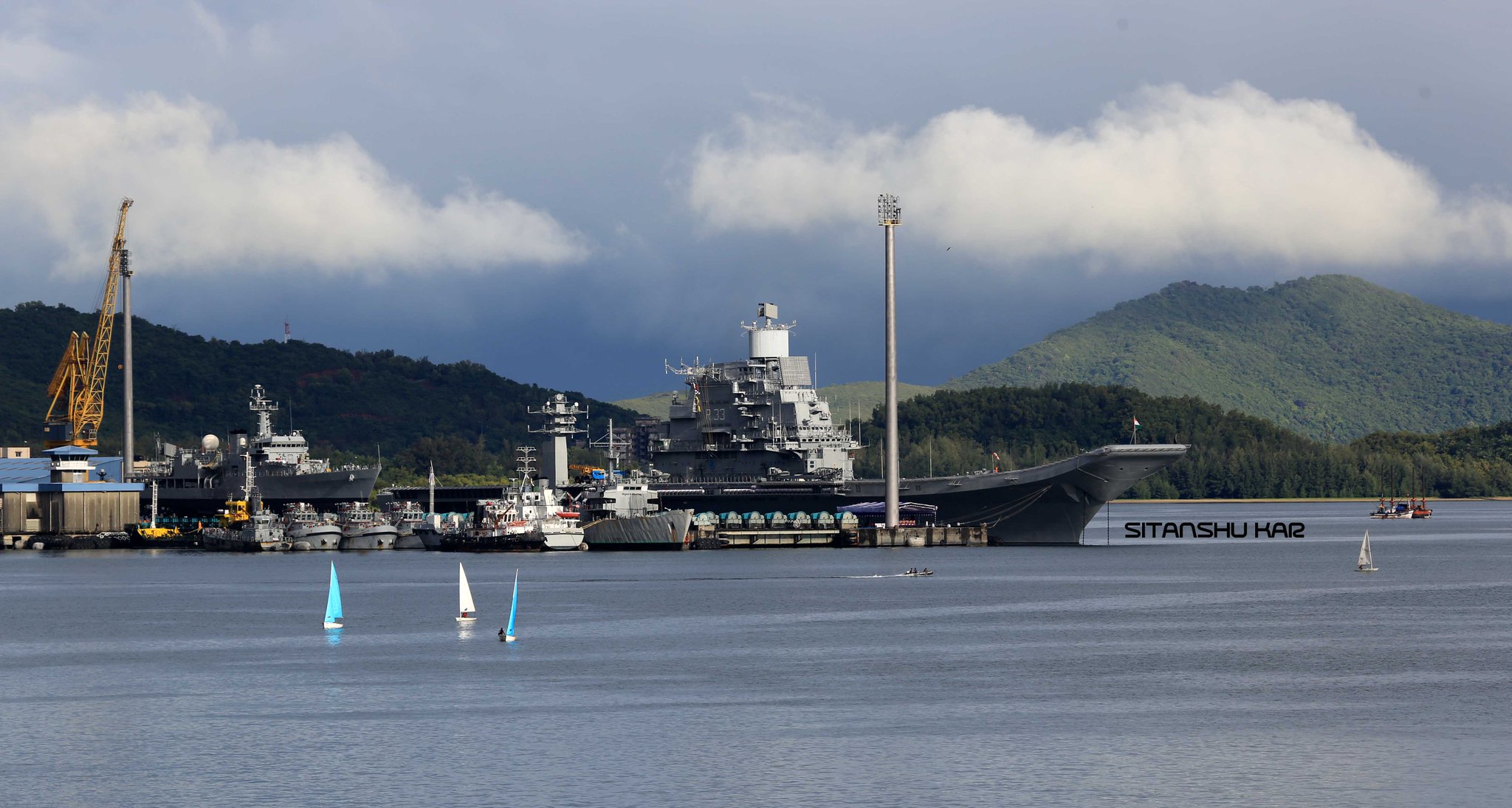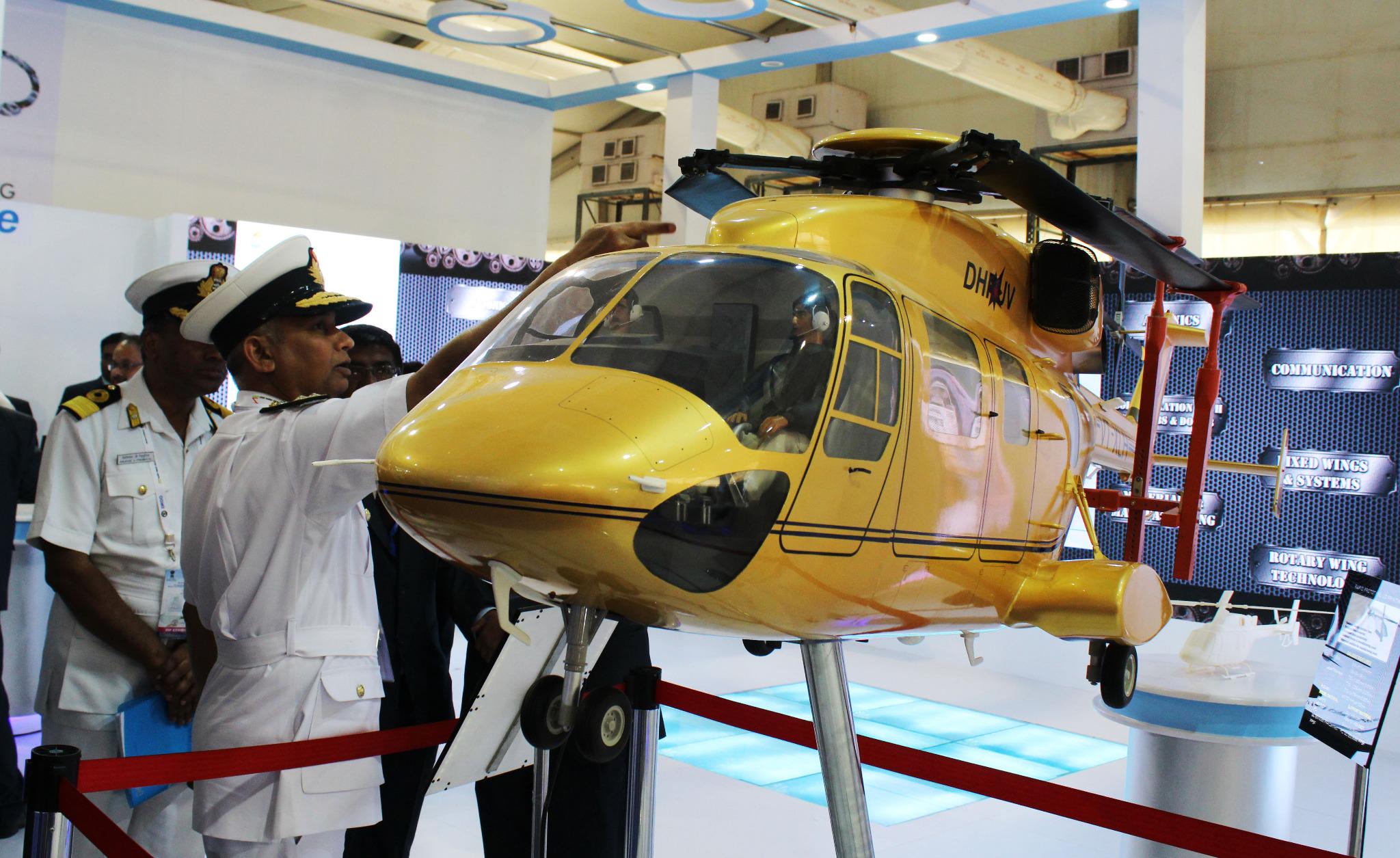http://indiatoday.intoday.in/story/indi ... e][b]India and Australia to showcase naval might[/b]
India and Australia will begin their first-ever bilateral naval exercise on Saturday.
Jugal R Purohit | New Delhi, September 12, 2015 | Posted by Geetanjali Rai |
The Indian Navy will employ a Shivalik-class stealth frigate, Ranvirclass destroyer and INS Kamorta.
India and Australia will begin their first-ever bilateral naval exercise on Saturday.
The Royal Australian Navy (RAN) has docked three of its vessels off the coast of the port city of Visakhapatnam, home to India's Eastern Naval Command (ENC). With the vessels, came a 400-personnel strong force of the RAN. The two democracies, which share the rim of the Indian Ocean, will commence a 10-day long affair on Saturday comprising a vast array of exercises. The joint operation is code named AUSINDEX.
The Royal Australian Navy will be represented by its ANZAC class frigate HMAS Arunta, support ship HMAS Sirius, Collins class submarine Sheean and an AP-3C Orion maritime surveillance plane of the Royal Australian Air Force. As for the Indian Navy, on the job will be a Shivalik-class stealth frigate, Ranvirclass destroyer, INS Kamorta - anti-submarine stealth corvette along with a tanker for replenishment at sea in addition to a P8I maritime surveillance plane.
The Royal Australian Navy will be represented by its ANZAC class frigate HMAS Arunta, support ship HMAS Sirius, Collins class submarine Sheean and AP-3C Orion.
The entire exercise will see officers of both the services being deployed on each other's vessels as well as take on aspects like anti-submarine warfare, anti-piracy among others. Australian Defence Minister Kevin Andrews, who was in New Delhi last week had declared that the exercise will aim to include areas like, "integrated operations with surface, air and sub-surface, planning and conduct of anti-submarine warfare, helicopter cross deck operations, surface and anti-air firing as well as seamanship."
While the Indian Navy is reeling under a depleted sub-surface arm and at the same time deficiencies in its surface fleet while the adversaries it faces in the Indian Ocean region - the Pakistan Navy and the People's Liberation Army Navy (PLAN) have covered a significant distance in strengthening their respective arms. It also is readjusting to the US Navy's increasing presence in the region and the responsibility to protect increasing economic interests from Strait of Hormuz in the west to Mallaca Straits and even South China Sea in the east.
The entire exercise will see officers of both the services being deployed on each other's vessels as well as take on aspects like anti-submarine warfare, anti-piracy among others.
In addition, the Indian Navy also has a largely unregulated, domestic fishing sector from where asymmetrical threats emerge, one manifestation of which were the sea-borne intrusion culminating in the Mumbai attacks in November 2008.
For the RAN, which supports the US Navy's increasing presence, territorial disputes which threaten trade and freedom of navigation in the Indian Ocean Region as well as South China Sea remain a top concern. It is also in a state of flux as it seeks to modernise itself and is in the process of submarine acquisition, like the Indian Navy.
While AUSINDEX will see nearly a week-long on-shore presence, the exercise will have a four-day long presence in the Bay of Bengal.
[/quote]

